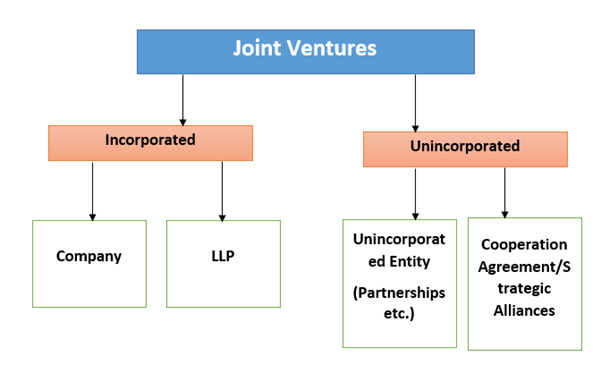
Such lapses, even in the early stages of planning, create blind spots that affect subsequent stages and eventually hinder implementation and ongoing operations. Finally, many JVs struggle with insufficient planning to respond to eventual changes in risk. Moreover, parent-executive involvement often declines in the later stages. In many cases, the process lacks discipline, both in end-to-end continuity and in the transitions between five stages of development-designing the business case and internal alignment, developing the business model and structure, negotiating deal terms, designing the operating model and launch, and overseeing ongoing operations. So why do so many joint ventures fall short? Our interviewees suggest that in the rush to completion, even experienced JV managers often marginalize best practices or skip steps. In fact, most of our interviewees endorsed several that have long been the gold standard for JV planning and implementation: a consistent business rationale with strong internal alignment, careful selection of partners, clear and open communication, balanced and equitable structure, forethought regarding exit contingencies, and strong governance and decision processes. We examined joint ventures valued at more than $250 million that were launched between 19 and in which one of the parent companies was in the Fortune 250.Ĭonfirmed that even companies with many joint ventures struggle, even though best practices are well-known and haven’t changed for decades. When we interviewed senior JV practitioners in 30 S&P 500 companies-with combined experience evaluating or managing more than 300 JVs-they estimated that as many as 40 to 60 percent of their completed JVs have underperformed their potential some have failed outright. For example, the foreign entity may bring new technologies or business practices into the joint venture, while the domestic entity already has commercial relationships and requisite governmental documents within the country, along with being entrenched in the domestic industry.Not all joint ventures fall apart so spectacularly, but failure is far from a rare occurrence. Foreign entities form joint ventures with domestic entities already present in markets the foreign entities would like to enter. Joint ventures are widely used to gain entrance into foreign markets. A mechanism or provision for the sharing of profits or losses.Ī joint venture is not a partnership or a corporation, although some legal aspects of a joint venture (such as income tax treatment) may be ruled by partnership laws.Some degree of joint control over the single enterprise or project.Mutual contributions by the parties to the joint venture.An agreement (written or oral) between the parties manifesting their intent to associate as joint venturers.Although there is no statutory definition of a joint venture, courts in several states such as New York have recognized the following are the elements of this type of association:


The creation of a joint venture is a matter of facts specific to each case. The parties may contribute capital, labor, assets, skill, experience, knowledge, or other resources useful for the single enterprise or project. The parties to the joint venture must be at least a combination of two natural persons or entities. A joint venture is a combination of two or more parties that seek the development of a single enterprise or project for profit, sharing the risks associated with its development.


 0 kommentar(er)
0 kommentar(er)
